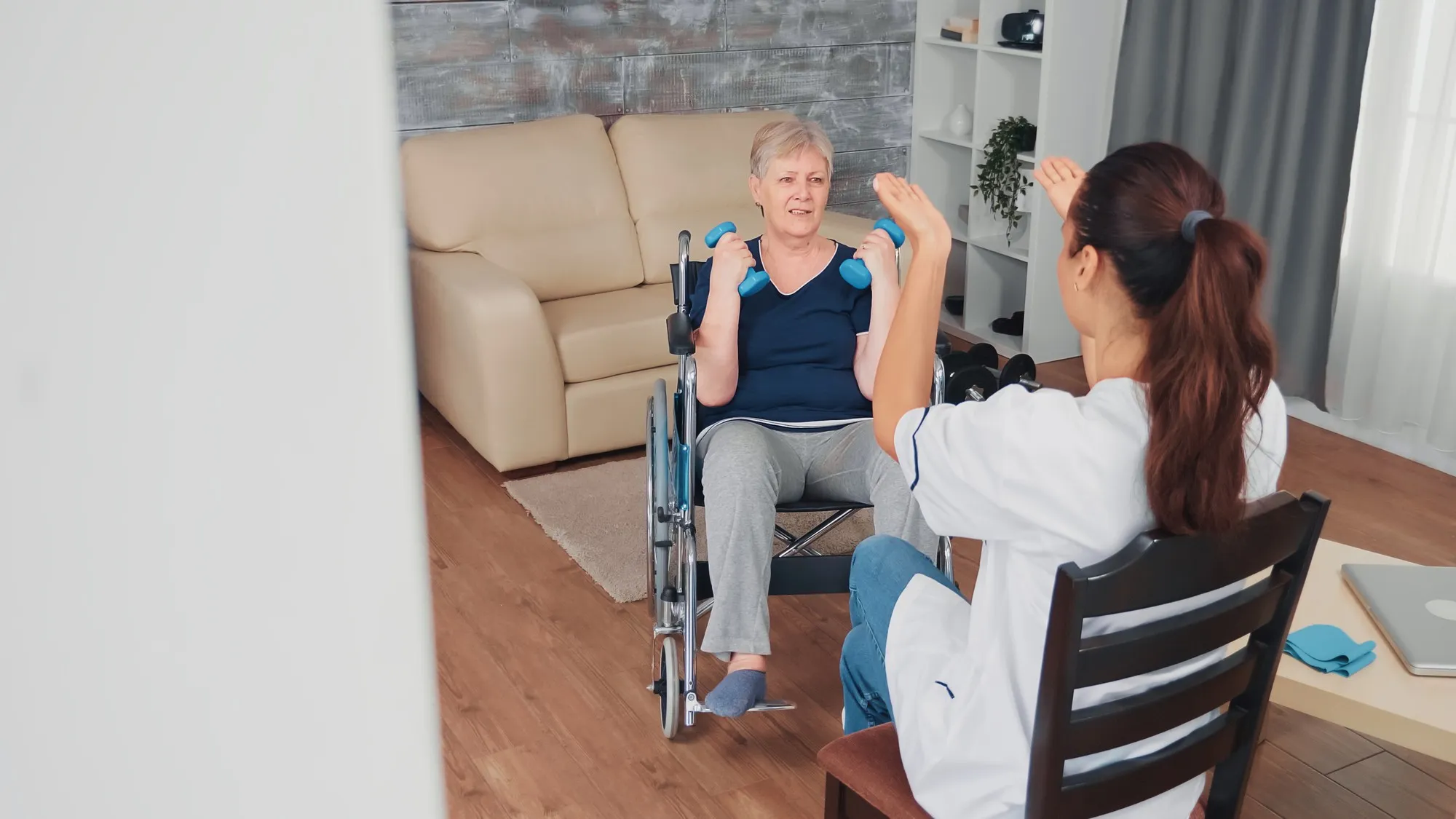Recent research published in the Journal of Biomechanics explored the potential benefits of passive Bi-axial ankle stretching in improving the walking performance of older adults with chronic stroke, particularly on uneven terrains, a known contributor to falls in this population. The study sought to determine whether a dedicated ankle range of motion (ROM) exercise program could positively impact gait mechanics, thereby enhancing overall mobility and balance.
The Challenge of Post-Stroke Mobility
Foot drop is a common issue faced by many stroke survivors, which can significantly impair their walking abilities and heighten the risk of falls. As a consequence, navigating uneven surfaces becomes problematic, ultimately restricting the individual’s participation in daily life activities. Although lower limb exercises are typically part of stroke rehabilitation protocols, the focus on ankle joint mobility tends to diminish over time, potentially leading to stiffness and reduced function. This oversight can compromise the recovery and quality of life for stroke survivors as they age.
Study Details and Methodology
The investigation, led by Dr. Hogene Kim of South Korea’s National Rehabilitation Center, enrolled fifteen older adults with chronic post-stroke hemiparesis. The mean age of participants was 65 years. This group underwent a four-week bi-axial ankle ROM exercise protocol, consisting of three 30-minute sessions per week.
Before and after the training period, the following measures were taken:
1. Ankle functions and stiffness
2. Passive ROM of the paretic ankle in dorsiflexion/plantarflexion and inversion/eversion
3. Walking performance on both even and uneven surfaces
4. Step kinematics (walking speed and step length)
5. Clinical balance and mobility (evaluated using the Berg Balance Scale and the Timed Up and Go Test)
Findings and Implications
The results were promising. Post-intervention data indicated significant improvements in ankle functions, with a decrease in ankle stiffness and an increase in paretic ankle passive ROM. More notably, participants exhibited enhanced walking capabilities over uneven surfaces, expressed in increased walking speed and longer step length. These improvements in mechanical function correlated with better clinical balance and mobility scores.
Dr. Kim asserts, “This study is the first to investigate walking performance on uneven surfaces in elderly post-stroke patients in relation to ankle biomechanical property changes.” The improvement in gait performance among the participants suggests that specific lower limb exercises aimed at improving ankle mobility could be critical in reducing fall risk and improving the quality of life for older adults with a history of stroke.
Clinical and Rehabilitative Significance
From a clinical perspective, this research underlines the importance of incorporating targeted ankle exercises into the rehabilitation programs for stroke survivors. Doing so could play a crucial role in mitigating the long-term complications associated with reduced mobility, such as the increased risk of falls and the ensuing injuries that can result.
Additionally, the findings have implications for the design and focus of rehabilitative robots and assistive devices. With the knowledge that ankle ROM can be enhanced and result in better gait performance, future technologies could be calibrated to specifically address and support this aspect of post-stroke rehabilitation.
Kim and his colleagues are hopeful that their findings will prompt further exploration into similar interventional strategies, ideally leading to a broader adoption of ankle mobility exercises in the rehabilitation protocols for the elderly who have experienced a stroke.
Limitations and Future Research
While the study provides important insights, it is not without limitations. The sample size was relatively small, and the intervention period was short. Long-term studies with larger populations could offer deeper insights and potentially reinforce these initial findings. Additionally, comparing this intervention with other types of gait and balance training could yield interesting comparative data.
Future research might also explore how these exercises affect other aspects of life for stroke survivors, such as their ability to engage in social activities, their mental health, and their overall sense of well-being.
Conclusion
The work of Dr. Kim and his team represents a significant step forward in stroke rehabilitation. By focusing on the importance of ankle flexibility and mobility, the study offers a practical approach to improving gait performance and reducing the likelihood of falls in older adults living with the aftermath of a stroke.
References
1. Kim, H., Cho, S., & Lee, H. (2019). Effects of passive Bi-axial ankle stretching while walking on uneven terrains in older adults with chronic stroke. Journal of Biomechanics, 89, 57-64. doi: 10.1016/j.jbiomech.2019.04.014
2. Elsevier Ltd. (2019). Copyright notice.
3. The Berg Balance Scale for clinical balance assessment.
4. The Timed Up and Go Test as a measure of mobility and safety.
5. The importance of kinematic analysis in assessing gait performance.
Keywords
1. Stroke Rehabilitation Exercises
2. Ankle Mobility Training
3. Gait Improvement Post-Stroke
4. Elderly Stroke Recovery
5. Biomechanics in Stroke Rehab
DOI: 10.1016/j.jbiomech.2019.04.014
